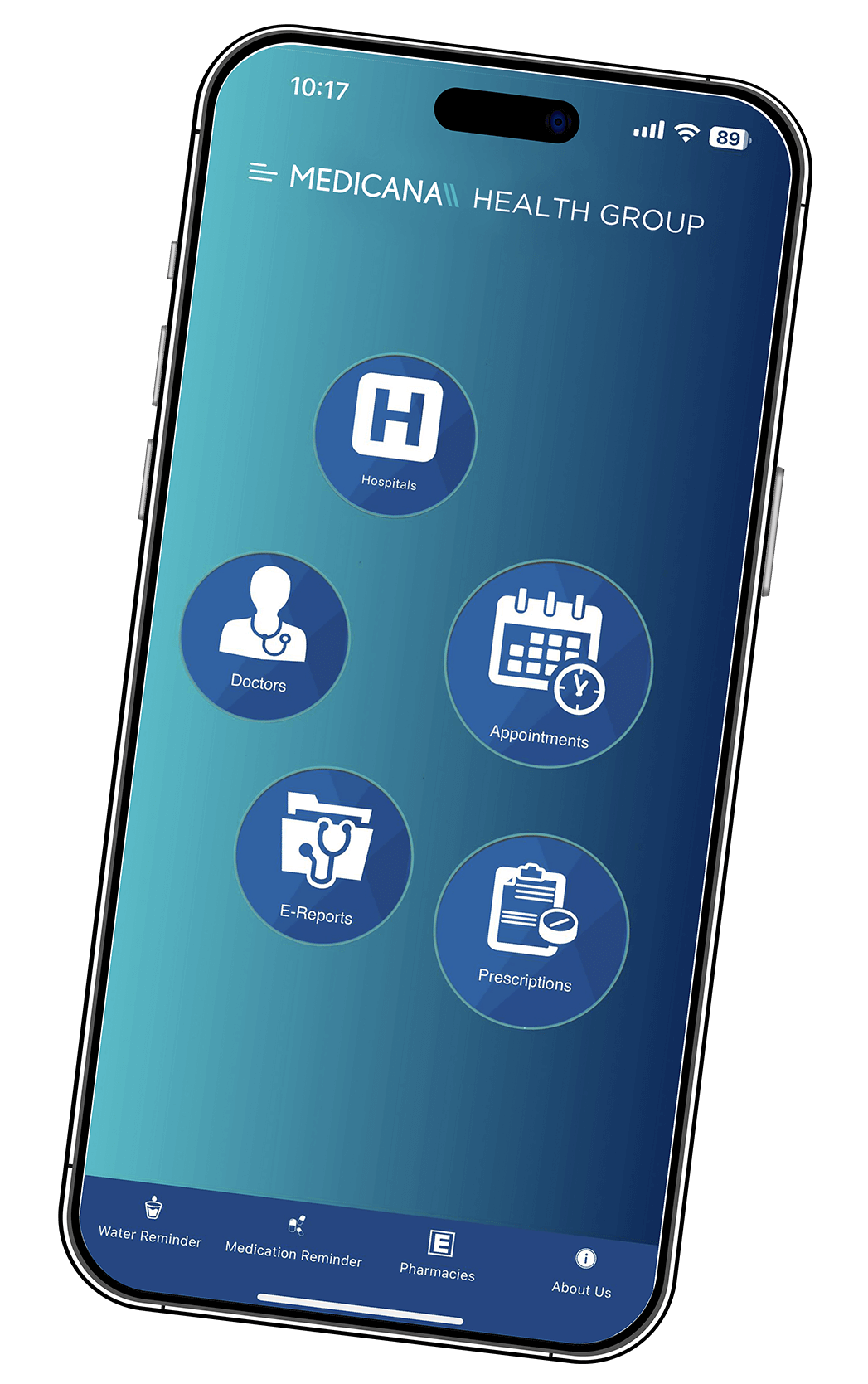Knee Ligament Surgery - ACL Reconstruction

Overview
The knee is one of the most complex parts of your body, and this joint is vital for your mobility.
The knee ligaments connect your femur to your lower leg bones (tibia and fibula). Knee ligaments function by limiting the extreme rotational motions of the joint between these bones, namely the knee joint. Therefore, knee ligaments are most frequently injured during sports and sudden motions. In the past, knee ligament injury could terminate the sports life of most professional athletes. Recently, it has been possible to resume sports life even if multiple ligaments are injured.
The anterior cruciate ligament is the most frequently injured ligament of the knee joint. As a result of the strain, the deformed or torn ligament is either repaired or replaced by a tendon graft obtained from another part of the body.
Why is Knee Ligament Surgery Procedure Done?
The knee joint has a significantly wide range of motion, and the range of these motions is limited by the ligaments in and around the knee. These ligaments are solid tissues and keep the bones forming the knee joint connected.
Among the ligaments above, the most frequently injured one is the anterior cruciate ligament. This ligament limits the rotational motion of the knee joint, and it is damaged due to many reasons, including but not limited to a sudden halt, sudden change of direction while running fast, jumping from a high place in the wrong position, and direct impact to the knee. This injury not only leads to pain but also causes instability of the knee joint. If you are not a professional athlete and your condition is mild, the condition can be treated by combining medication treatment with physiotherapy. However, if more than one ligament is injured, the person is a professional athlete, and the knee joint is unstable, the treatment option is to repair or replace the ligament. If the condition is left untreated, the knee joint will lose stability due to tear or deformity; subsequently, additional load will be born on the meniscus and other joint structures, resulting in other problems.
Risks
As is the case for all surgeries, some risks are involved in knee replacement surgery (ACL reconstruction). Although all possible measures that modern medicine allows are taken to prevent the occurrence of risks, it is by no means likely to warrant that the risks will be eliminated.
These are as follows:
• Infection – the risk of infection is usually below 1%.
• Blood clots
• Knee Pain
• Weakness of muscles.
• Stiffness of the knee joint
• Revision surgery
• Failure to obtain the desired range of motion
Although rare, these complications may be prolonged, complete recovery might fail, or revision surgery might be required. It would help to inform your orthopedic surgeon about your concerns before the surgery.
Your surgeon will explain in detail whether those risks apply to you or, if so, the rate of occurrence.
Preparation
The first phase of preoperative preparation is the same in all Medicana Hospitals. The decision of knee ligament repair or replacement (ACL reconstruction) is made by your orthopedic surgeon based on a series of tests and examinations. Your doctor will assess comprehensively to determine whether this surgery helps your complaints. All other treatment options, including but not limited to medications, injections, physiotherapy, and other surgical procedures, are considered.
• Review of health history
• A detailed physical examination: your doctor will review your symptoms and health history. In the assessment, your doctor will examine the unstable knee in all aspects and compare it with the intact knee.
• Necessary laboratory tests and radiology studies
• Assessment by anesthesiologists and other laboratory tests and radiology studies to minimize anesthesia-related complications
After it is verified that the surgery does not pose a risk, you will be asked to quit smoking if you are a smoker and to stop taking certain medications that increase the risk of bleeding. All other prescribed and over-the-counter medications, herbal products, and supplements will also be questioned, and you will be informed to continue or stop taking them.
A preoperative discussion with your orthopedic surgeon about knee ligament repair or replacement (ACL reconstruction) is critical. All procedure details, potential risks, and healing period are explained. You will also be instructed to stop eating and drinking at a particular time before the surgery. You should strictly follow this instruction to undergo the surgery as scheduled.
Moreover, it is reasonable to plan discharge, post-discharge accommodation, and travel at this phase to manage the postoperative period better.
Surgery and Early Postoperative Period
Reconstruction of the anterior cruciate ligament is a surgery that is performed under general anesthesia. Arthroscopic surgery is preferred in all suitable patients as this technique ensures less harm to the patient, reduction of postoperative pain, shorter hospital stay, and quicker recovery. In this method, a skinny tube equipped with a tiny camera in one end, called an arthroscope, is inserted into the knee through small incisions. Tears and deformities of the ligament are repaired with surgical instruments inserted through other incisions, or the ligament is removed entirely and replaced by a graft obtained from different body parts. If a graft is used, the graft is securely attached to the surrounding bones with screws and similar fixation devices. Next, surgical instruments and cameras are removed, and small incisions are sutured. Patients are usually discharged on the same day after the surgery. You will be informed about the exercises you must do and the actions you must avoid after discharge. After the discharge, you will also be reported in detail about home care (ice pack, bandage, rest, and elevation of legs).
You will be given painkiller (s) after the surgery to manage the postoperative pain. You may also need to use antibiotics to prevent a possible infection. You must follow your doctor's instructions after the surgery to protect and support the outcome of the surgery.
You should see your surgeon for scheduled follow-up visits before you are discharged. If you experience warmth and redness in your incision line or have a fever or any symptoms that you think are due to surgery after you are discharged, contact your surgeon immediately.
Results
Always remember that postoperative pain is a natural component of recovery. Your doctor and nurse will take the necessary measures to manage your pain.
After the knee ligament surgery (ACL reconstruction), you may need physical therapy to maintain the knee joint's range of motion, strengthen muscles, and increase flexibility. You will also be instructed about home exercises.
Following these rehabilitation suggestions is crucial for your knee to regain its normal function. Following these recommendations, the functional difference between the two knees will disappear in a few weeks.




























